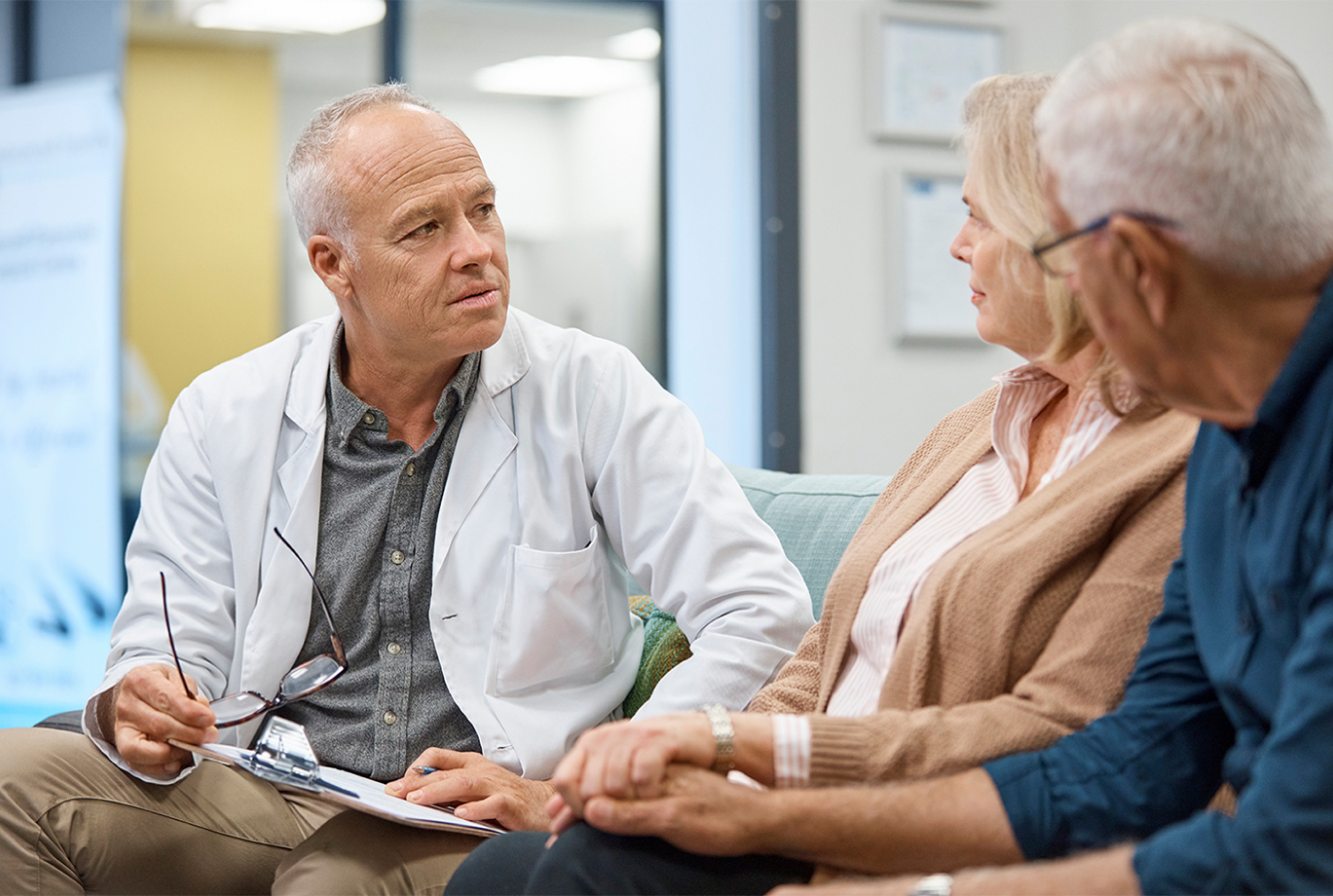Health literacy and patient education

When educating a patient or family member about their plan of care, or disease process, how can you be sure they understand what you are teaching them? Is the patient or family member able to reiterate the information back in their own words? When teaching an adult patient about treatments or their condition, it is important to understand, first, what they already know. Based on what they understand (or don’t), approach the subject in a way that acknowledges that you listened. Patient education should be based on the patient’s educational needs, learning style and understanding so they are then equipped with the knowledge to make their own decisions to benefit their health.
It is also important to take health literacy into consideration when creating an educational plan of care. The Patient Protection and Affordable Care Act (2010) defines health literacy as: “the degree to which an individual has the capacity to obtain, communicate, process and understand basic health information and services to make appropriate health decisions.” Only 12 percent of U.S. adults have proficient health literacy. Low health literacy can be due to a number of factors, but common barriers are low educational skills, cultural barriers to healthcare, not understanding certain medical terminologies and not being proficient in the English language.
12%
Only 12 percent of U.S. adults have proficient health literacy.
39%
39% of adults over 75 years of age have below basic health literacy.
The data:
The National Assessment of Adult Literacy surveyed 19,000 adults from 50 states and the District of Columbia1. The survey divided health literacy into four levels: proficient, intermediate, basic and below basic. The results revealed a general lack of ability among adults to obtain, process and understand basic health information and services to make appropriate health decisions. Here are the numbers:
36% of adults have basic or below basic health literacy.
41% of Hispanic adults have below basic health literacy.
49% of adults without a high school degree have below basic health literacy.
39% of adults over 75 years of age have below basic health literacy.
How you can help:
Make it personal
First, understand your patient’s home circumstances or access to health information. You can find out by asking questions like, “Who can help you at home?” or “What are some fall-prevention measures you can take at home?”
Break it up
As part of your discussion with patients, make treatment less overwhelming by breaking down instructions and spacing out directions so it is not all at once. This will also help the patient digest the information before being discharged.
Understand their learning style
Adults learn in a variety of different ways and can be categorized into three main categories: auditory, kinesthetic and visual. It is important understand how the patient likes to process information, and appeal to that learning style to ensure full comprehension of the material.
Teach back
An effective way to confirm that your patients understand their plan of care is to ask them to repeat it back to you in their own words.
Relate to real life
Relate what you are teaching to real-life scenarios. Have the patient reflect or compare what you are teaching to different real-life examples or experiences.
Spread the word
An organization-wide health literacy protocol will make your job easier. Assessment tools are available to help identify opportunities and barriers—visit the Centers for Disease Control and Prevention for suggestions.
Continue to arm yourself with strategies and information to help improve your patients’ health literacy—and hopefully their outcomes. Find out how a mixed learning approach with the Uplift program can help arm your caregivers with the right tools and interventions to appeal to all patients. Learn more about Uplift here.
References:
1. https://nces.ed.gov/pubs2006/2006483.pdf